Reviews
‘Crow Country’ Masterfully Replicates PS1-Era Survival Horror [Review]

I’m always amazed that during the original PlayStation era, we were graced with a pair of survival horror games that would be two very different tonal blueprints for the genre going forward. Resident Evil became the model for the more B-movie route, with gory thrills and eerie mysteries, while Silent Hill would show us something a bit more in the vein of David Lynch, featuring more surrealism and introspection. We’ve had some really excellent Silent Hill-esque ones in the last few years, with standouts like Signalis and Homebody, but I personally haven’t been as grabbed by the ones that try to do Resident Evil.
Crow Country, from the small team at SFB Games, changed that for me.
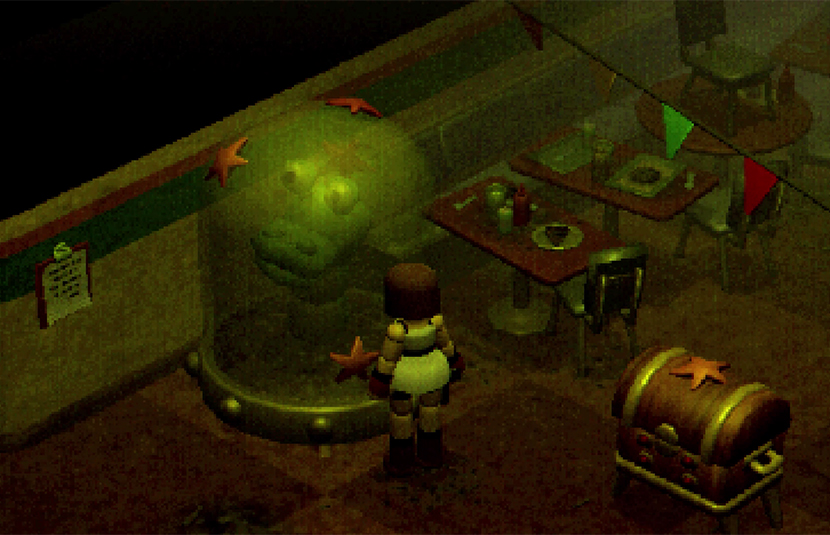
Crow Country is set in 1990 and casts you as Mara Forest, a young woman investigating the titular amusement park, which mysteriously closed two years prior. Obviously, something sinister is afoot, and Mara slowly uncovers the mystery of the owner’s disappearance as the park becomes increasingly dangerous. It’s a classic setup that plays around with a lot of tropes right from the start, but its compelling combination of graphic style and gameplay makes for something that’s more unique than it lets on.
While there are tons of PS1-style horror games out there, I can’t think of one that looks quite like Crow Country. There’s a softer look to the characters, looking more like big chunky JRPG characters rather than your more blocky but slender traditional survival horror protagonist. It’s an interesting juxtaposition that gives the game an almost more playful tone on top of the sinister aspects, which works perfectly for the chosen setting. As with a lot of these PS1 style games, the lack of detail in the models makes so many of the monsters all the more scary, without losing any sense of the art direction they were going for.
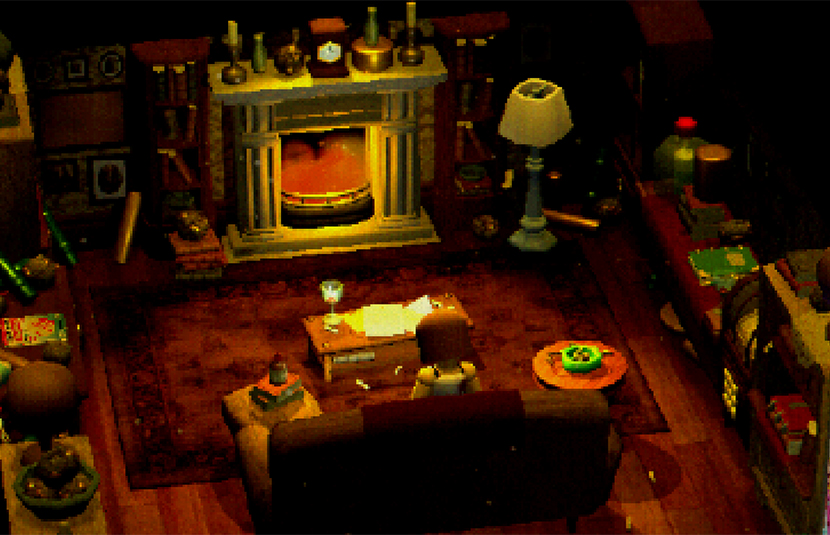
One of my absolute favorite aspects of video games as a medium is the act of learning more about a world through exploration, letting the level design and lore notes create a sense of place. Crow Country excels at that with a well thought-out setting that informs every part of the presentation. Much like a real theme park, the game is separated out into different zones, such as “Fairytale Town” and “Haunted Hilltop,” giving it variety even within the theme park aesthetic. Like many survival horror games, you’ll be doing a lot of backtracking, and this visual distinction helps you with identifying where you are without having to open the map. The documents you find in the game also feel very believable in-fiction, often taking the form of staff memos or notes between workers talking about the weirdness going on or why a certain section is closed down.
The puzzles in the game are universally clever, rarely just taking the form of “find the key and do the thing.” I remember being impressed at an early one involving a graveyard and a compass, which set the tone for the level of problem solving the game would ask of me. A few of them even had me taking notes and calling over my wife to help me talk out the solution. Once again, the game frames these well in-universe. Some of them are presented as fun challenges for the park guests, some of them are about repairing broken down rides, and others are about secrets purposefully obscured by sinister forces in the park trying to cover things up. It’s all so impressively cohesive, taking the outlandish style of puzzles the genre is known for and making them make more logical sense. There’s even a fortune teller machine that acts as an in-game hint system to point you where you need to go or nudge you towards the solution to a puzzle you’re stuck on.
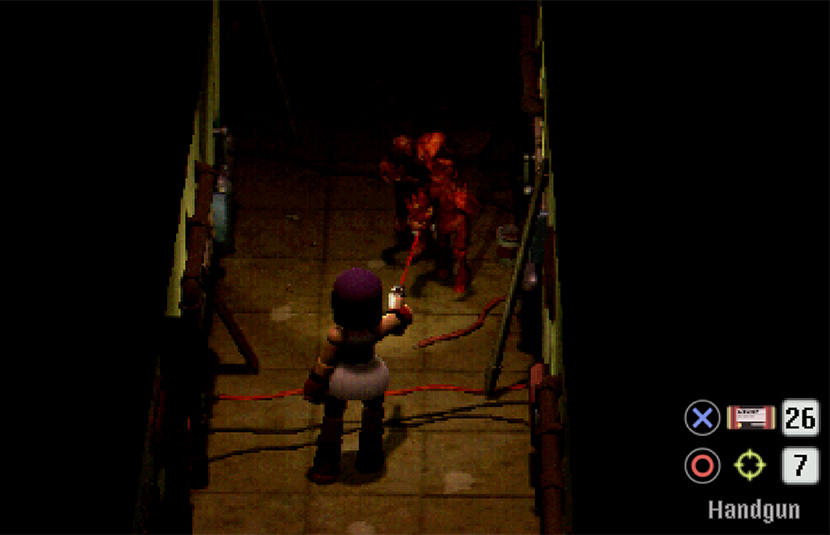
I wish the game had the same amount of cohesion with its monster design, which has some standouts but mostly falls into the fleshy weirdo category. Maybe the theme park setting made me expect monsters a bit more like Five Nights at Freddy’s rather than Resident Evil experiments, so that could be on me. There is one particular design that freaked me out with its wonderful combination of visual and audio design, but most of them felt just like obstacles that I either take out or just dodge around.
Like Signalis, Crow Country does not use the traditional fixed camera survival horror perspective, but instead shows the action from an isometric point of view. One thing that surprised me though was that it gives you the ability to control the camera freely with the right analog stick. Getting a full view of the room is important, as often time notes or clues to puzzles are hidden at an angle that you may not have seen when you entered. You’re given the option of doing tank controls or a more modern control setup by using either the directional pad or analog stick respectively, which is a nice touch to playability while still paying homage to its genre roots.
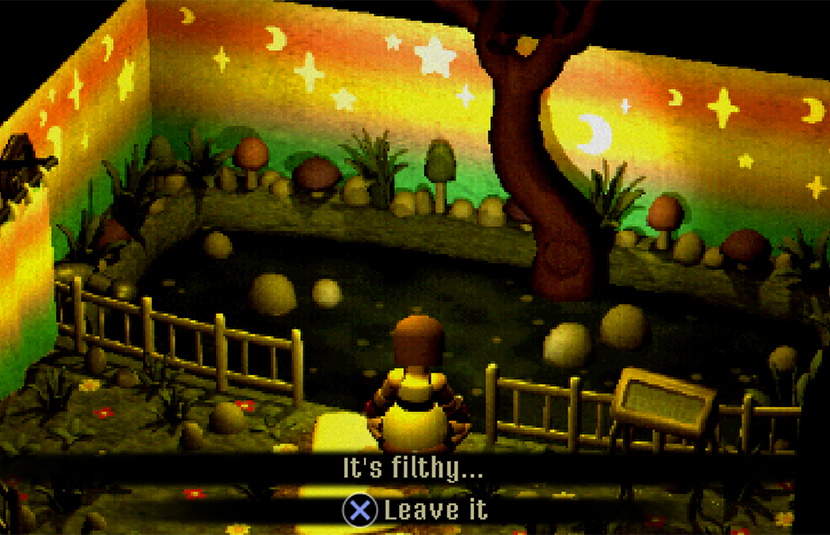
Combat in the game is a bit clunky, but it feels like it’s intentionally so, and the encounters are designed around it. When you draw your gun, you’re stuck in place, and you can adjust your reticle to try to aim for the head on the approaching fiend. The aiming itself feels a little floaty, but the enemies and environments are laid out with this in mind, so that tension of aiming adds to your decision making when you’re contemplating fight or flight. In traditional survival horror fashion, you’ll have to ration your ammo wisely, as the amount of creatures you run into will exceed the bullets you have for your various guns. Deciding which areas are worth spending your precious shotgun shells to clear out is all part of the fun.
The narrative of the game was surprisingly fun to uncover. Accidents at a theme park. Corporate greed. Sinister coverups. It’s nothing we haven’t seen before, but the way it all comes together is extremely well done, with a great cast of characters that all have their own personality that shines through in their dialog, even without voice acting. The breadcrumbs of the mystery are doled out at a great pace, making you always eager to run into the next character interaction or lore note. It all comes to a dramatic conclusion that was simultaneously expansive for the lore of the game and focused squarely on the character dynamics. While my tastes usually go more towards the Silent Hill spectrum narratively, I thoroughly enjoyed the more Resident Evil style tale that Crow Country weaved.

While the game is about five to six hours in length, there’s good reasons to revisit. It’s a fun, breezy experience that still feels like you’re stretching your brain with both the puzzles and the resource management, and there are plenty of hidden secrets to find. I only uncovered about half of them in my playthrough, which included things like improving weapons or discovering better ones, and the ones I did find were very satisfying to come across. After completing it, you’ll be given a rating screen, and depending on your grade you’ll unlock some extra fun weapons for subsequent playthroughs. If you just want to play through it and focus fully on the puzzles, there’s also an “Exploration Mode” where you don’t have to deal with the enemies, which could be perfect for a run through the game focused entirely on digging for secrets.
Sometimes it’s challenging to review a game like this, because it feels like everything about it is custom built to appeal to me. Gorgeous PS1 aesthetics, classic survival horror puzzles, and a spooky amusement park setting all are right up my alley, but there’s something special about the game that I think would appeal to any fan of the genre. It’s clear that Crow Country is made by people who not only love the classic survival horror genre, but also understand what makes it tick, allowing them to capture that feeling without shamelessly mimicking it. This subgenre is one of my favorites, and I definitely can see myself walking back through the gates of Crow Country any time I need to scratch a throwback itch.
Review code provided by the publisher.
Crow Country is available on the PlayStation 5, Xbox Series and PC via Steam.


Reviews
‘Hell Hole’ Review – A Scrappy Creature Feature with Humor and Heavy Metal Attitude

The Adams Family, an actual family unit of filmmakers comprised of father John Adams, mother Tobey Poser, and their daughters, quickly established a punk rock DIY spirit, wearing multiple hats each on films The Deeper You Dig, Hellbender, and last year’s Where the Devil Roams. That continues in their latest, Hell Hole, an ambitious ode to the classic creature feature. It’s not the gory creature effects that elevate a classic setup in this scrappy effort, though it certainly helps. It’s the way the Adams Family stretch their creative muscles further, opting for a fun, zany creature feature with a heavy metal attitude and dry humor.
Hell Hole opens in an unexpected place: Serbian territory in 1814, where French soldiers fighting for Napoleon Bonaparte (including one played by Subspecies‘ Anders Hove) are starving and desperate for food. A gift horse is literally trotted out to them by a mysterious woman, who leaves them to their doom as something soon erupts from the animal in a gory fashion. Cut to the present, where the area is now the site of an American-led fracking operation led by Emily (Tobey Poser).
We’re introduced to Emily’s sarcastic but tough-as-nails style of leadership as well as her team, which includes John (John Adams), Teddy (Max Portman), Nikola (Aleksandar Trmčić), and Sofija (Olivera Peruničić), the latter of whom are more environmentalists assigned to keep watch and advise on and prioritize conservation efforts. That comes in handy when the team unearths a dormant parasite that awakens and becomes determined to find a new host.
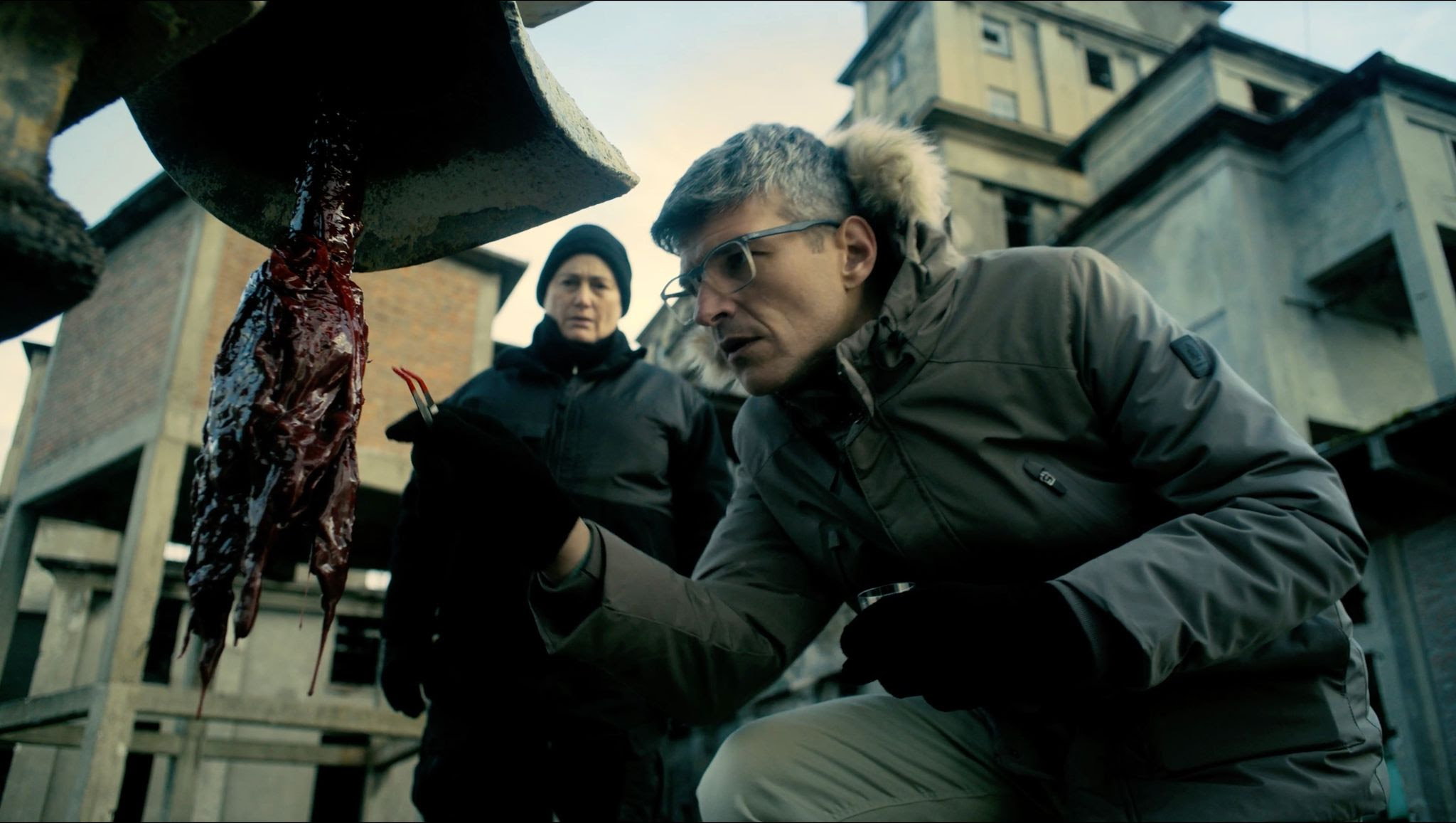
It’s the precise type of setup that calls to mind films like The Thing, yet it quickly becomes apparent that the Adams Family is more interested in riffing on the classics than adhering to them. To start, their tentacled creature has a rather hysterical means of bodily invasion; man is the warmest place to hide, after all. Adams, Adams, and Poser’s script does mine this particular aspect of the creature’s behavior for all its humor, and the filmmakers find amusing ways to keep track of the creature’s current whereabouts. Instead of instilling a palpable sense of paranoia at a mysterious, carnivorous species in their midst, Hell Hole instead mines the scenario for gory horror laughs.
John Adams and Tobey Poser, who wrote the screenplay with daughter Lulu Adams, also star in the film, with Adams composing the film’s guitar-heavy score. Adams also edits the film, drawing inspiration from his heavy rock score as scene transitions look and sound like a music video. All of this is to say that their DIY ethos is still every bit on display, injecting a lot of personality even when the production design leans into the sparseness of the drill site. The sparse visuals let the creature effects take center stage, and the Adams Family has enlisted some impressive talent for that. SFX legend Todd Masters (“From,” Tales from the Crypt: Demon Knight) and his MastersFX team handled the mollusk-like entity’s designs and effects, with Adams Family collaborator Trey Lindsay handling visual effects and stop motion animation.

More than just splattering buckets of blood everywhere and creating tentacled mayhem, this creature has personality. When the bulk of the dig crew is designated fodder, usually in the most bumbling way for our entertainment, Hell Hole lets its exasperated entity blow off steam and play. It’s preposterous, and it knows it, riffing on everything from over-the-top exposition dumps to making the most asinine choices when faced with a killer parasite. The Adams Family grounds it all with a razor-sharp character in Emily, darkly sweet views on parenthood, and wry commentary on everything from environmentalism to American exceptionalism.
Hell Hole is another scrappy, DIY love letter to the genre from the Adams Family. It’s a punk rock ode to the creature feature, one that intentionally honors its warts, too. While the budgetary constraints and relentlessly dry sense of humor would polarize in lesser hands, here, it’s an asset and part of the film’s overall charm. The Adams Family gets playful, delivering a gory, squirm-inducing creature feature that plays more like an ultra-violent workplace comedy.
Hell Hole premiered at the Fantasia International Film Festival and releases on Shudder on August 23, 2024.


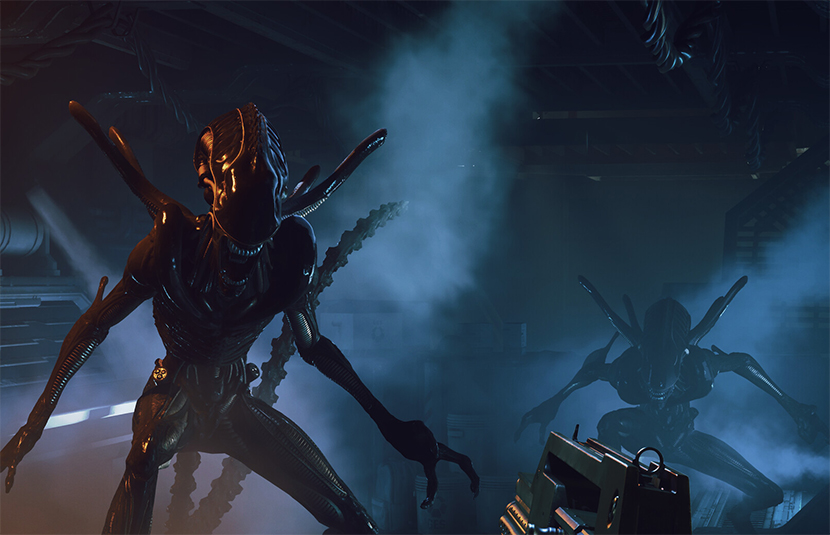

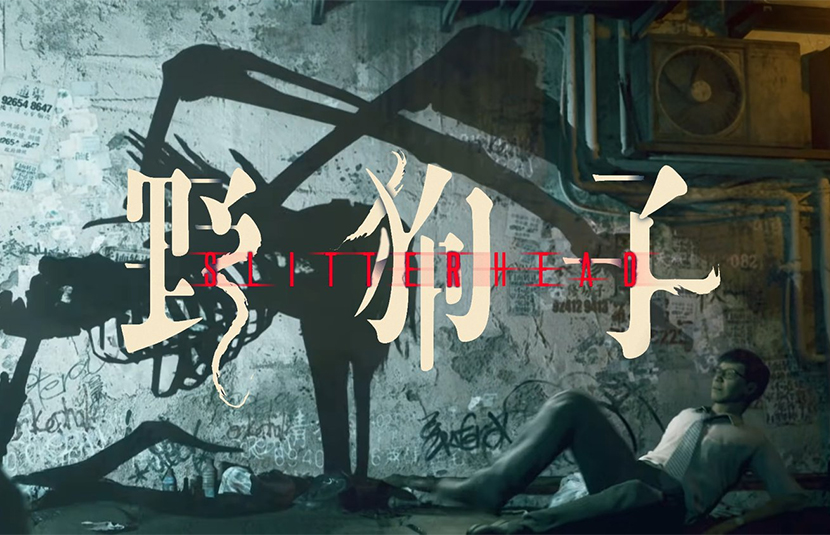
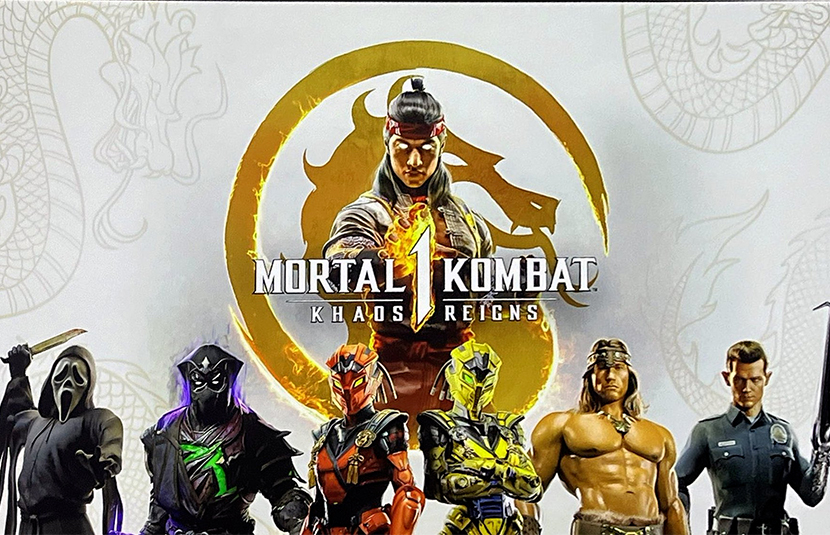
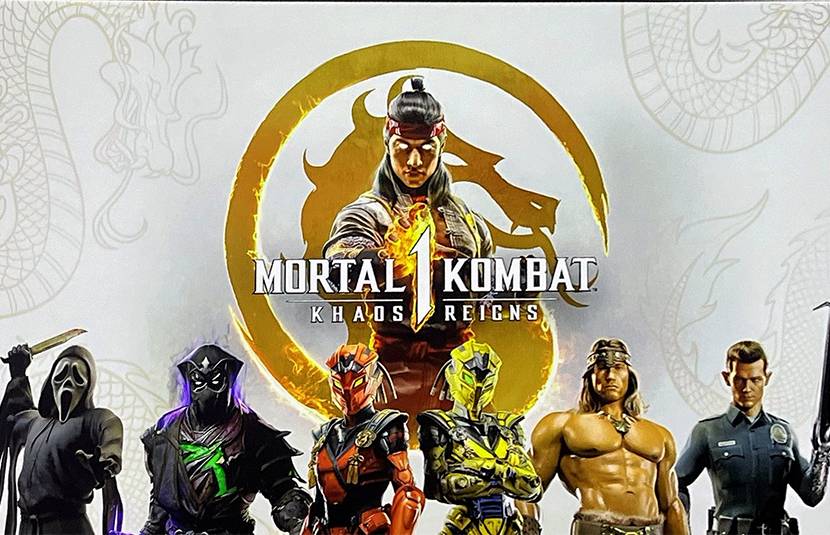


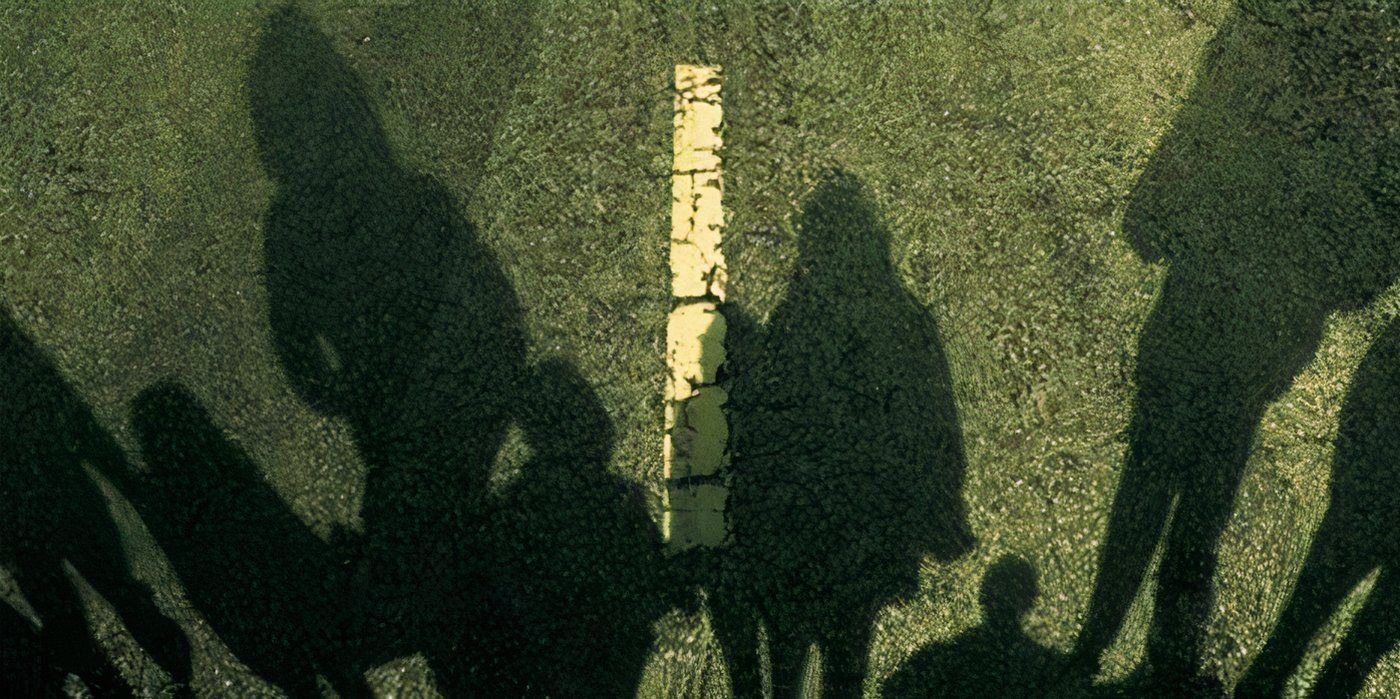



You must be logged in to post a comment.